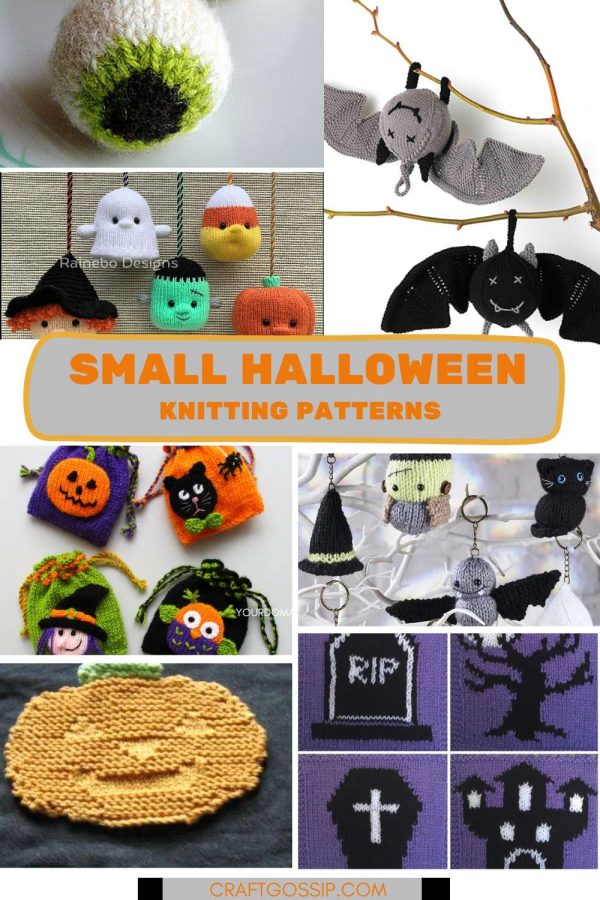Most candle suppliers provide premixed candle waxes, but if you want to experiment you can try some of these formulas. This is particularly handy if you only have plain paraffin on hand and want to try a variety of candles.
Candle Additives
The two most common additives used in candle making are vybar and stearic acid. Vybar 103
is used for harder candles while 260 is for containers. Vybar helps candles hold more scent and makes them smoother (less likely to crack). Stearic acid hardens candles and increases their burning time. It’s basically animal fat or vegetable oil that is transformed into a powder.
According to Deborah Ward’s Candle Making Manual, 1 (28 grams) or 2 oz (56 grams) of Crisco shortening will increase your scent throw. She still advises using no more than 1 ½ ounces (42.5 grams) of fragrance per pound (454 grams).
Votive Candle Formula
I pound (454 grams) of 140 F (60 C) melting point paraffin wax
1 tsp vybar 103
1 oz (28 grams) scent
Pillar Candle Formula
1 pound of 140 F (60 C) melting point paraffin wax
1/2 tsp vybar 103
1 tbsp stearic acid (acts as a hardener and raises the melting point)
Or
1 pound (454 grams) of 135 F (57 C) melting point paraffin wax
2 tbsp stearic acid
1 tsp vybar
1 oz (28 grams) scent
Container Candle Formula
1 pound (454 grams) of 130 F (54 C) melting point paraffin wax
1 tsp (3.2 grams) vybar 260
1oz scent
Sources:
Candle Making: A Step by Step Guide from Beginner to Expert by Bob Sherman (Evans and Company, 2002)
Candle Making Manual by Deborah Ward (1999, Scribd)
Secrets to Successful Candle Making (Kaya Yurtkuran on Scribd)
Photo of Candles by Pedro Simao

